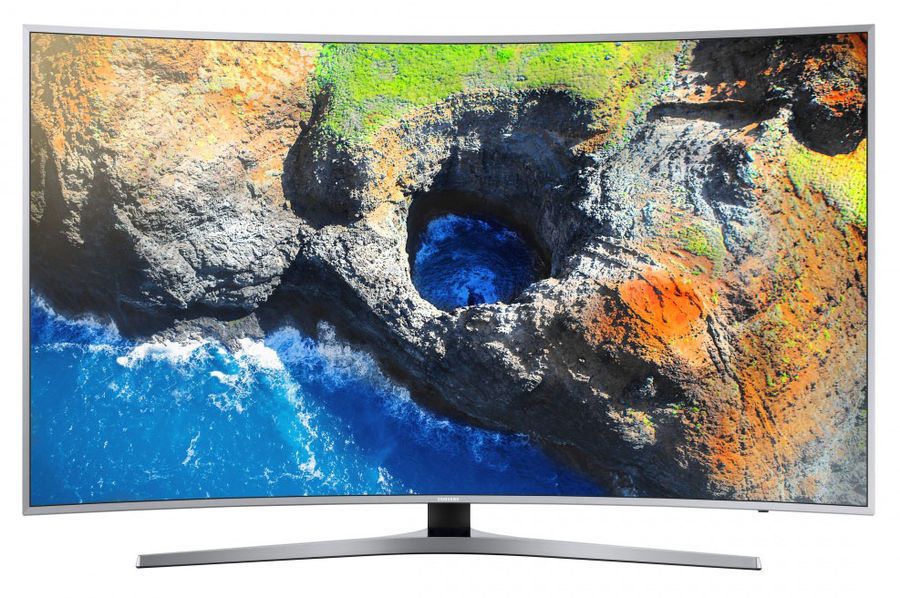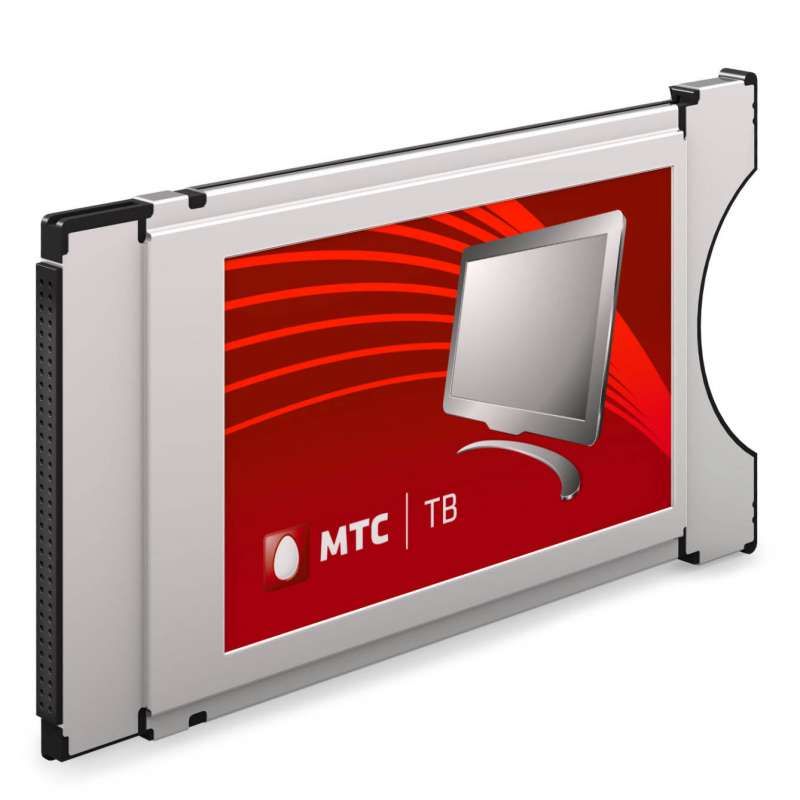How to distinguish an analog TV from a digital one
An analog signal is a fairly common type of data transmission. To receive it, special antennas are used that receive signals from a radio or television tower. Its peculiarity is that the quality of reception depends on the antenna and the distance from the tower that transmits the signals. The quality of reception depends on the length and condition of the antenna.
The content of the article
What is the difference between an analog signal and a digital one?
 How to distinguish an analog TV from a digital one? A digital signal is a type of information delivery through preliminary data encryption. Information entering the receiver goes through the process of encrypting information into binary code. A satellite antenna acts as a frequency receiver; it has a large frequency reception range, since it receives data indirectly like an analog type,which depends on being within the radius of the tower, and through space satellites.
How to distinguish an analog TV from a digital one? A digital signal is a type of information delivery through preliminary data encryption. Information entering the receiver goes through the process of encrypting information into binary code. A satellite antenna acts as a frequency receiver; it has a large frequency reception range, since it receives data indirectly like an analog type,which depends on being within the radius of the tower, and through space satellites.
They decrypt the information and display it on the screen of a device that everyone knows as a tuner. Encrypting the signal into binary code provides a noticeable improvement, and at the output we get HD-quality sound and picture.
Analogue transmission, unlike digital transmission, does not undergo pre-processing upon reception, which affects the image quality.Analogue receivers are much cheaper than digital ones, due to the fact that you do not need to buy additional equipment (TV tuners satellite dish, run the cable from the operator). The digital signal does not depend on the distance of the tower.
Uninterrupted broadcasting of which television is better?
 In addition to depending on the distance of the tower, the analog signal has another big disadvantage - instability. This is because radio waves are very susceptible to weather conditions. Whether it's a thunderstorm, snow or storm, the signal will fade or extraneous noise will occur.
In addition to depending on the distance of the tower, the analog signal has another big disadvantage - instability. This is because radio waves are very susceptible to weather conditions. Whether it's a thunderstorm, snow or storm, the signal will fade or extraneous noise will occur.
The digital frequency range is distinguished by its vastness and stability of reception/transmission. This is due to the fact that the information passes through the tower-satellite antenna-tuner. At the first stage, it is encoded and sent to a satellite, where it is amplified and transmitted to the receiver, decrypted by the tuner and a high-quality picture is displayed on the screen. This circuit does not give the signal a chance to get lost, which indicates its uninterrupted operation.
The analog signal is unreliable due to the way it is received. Digital broadcasting ensures stable reception of information due to its constant amplification.
Which TV is more economical?
 Analogue broadcasting is very practical. To use it, you just need a TV and a whip antenna. There are a lot of necessary antennas on the market of various sizes and qualities, which are very inexpensive in price.
Analogue broadcasting is very practical. To use it, you just need a TV and a whip antenna. There are a lot of necessary antennas on the market of various sizes and qualities, which are very inexpensive in price.
Digital television requires additional equipment, such as an operator cable, satellite dish, tuner, Internet, etc. It doesn’t matter which signal reception method you choose, it will affect your wallet more noticeably than its analogue.
Analogue television is quite cheap and does not require additional costs or subscription fees.Digital broadcasting incurs financial costs in the form of purchasing a tuner, installing a satellite dish, or a subscription fee to the operator.
Attention. In order to watch channels in digital format, your TV must support this format. The TV must support DTS, EDTV, HDTV formats.
Which TV has better portability?
 Television receivers can be bought in any market. They are inexpensive, have a small sensitive antenna that operates only in the analog range. But its advantage is that you can watch your favorite channels, even far from the TV, which provides good mobility. If you have a good TV tower signal, you can watch TV channels wherever you are.
Television receivers can be bought in any market. They are inexpensive, have a small sensitive antenna that operates only in the analog range. But its advantage is that you can watch your favorite channels, even far from the TV, which provides good mobility. If you have a good TV tower signal, you can watch TV channels wherever you are.
Digital broadcasting, having high HD quality, is closely tied to the location of its installation. Since receiving this signal requires connection to additional devices, its mobility noticeably suffers. But some operators that provide interactive television via the Internet offer service packages for viewing digital channels on mobile devices. This allows you to view channels regardless of location.
Analogue broadcasting provides mobility by receiving it with special receivers with antennas. They don’t bite on the price, but the signal is guaranteed only by the distance from the tower. Digital TV is more dependent on wires and the Internet, and mobility is ensured only by purchasing special packages from digital TV operators.
The one who wrote this article has a very vague understanding of both digital TV and analog TV. The article talks about receiving only satellite TV. But now the so-called terrestrial digital TV has been introduced, which, like analogue, is transmitted from television towers and antennas, in principle no different from analogue TV antennas. The only difference that may be is that digital TV is transmitted at higher frequencies and the antennas will have smaller dimensions.






That’s why, when receiving a digital signal, the picture often falls apart into pixels, but when receiving a weak analog signal, the picture is always there.